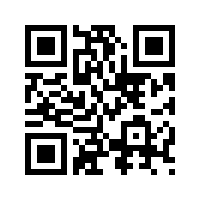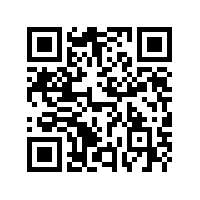Recent headlines of Twitter Scandal 2011 shouldn’t stop everyone from using social networking responsibly. As for what happened to NY Rep. Weiner, it is a perfect example of what NOT to do on social networking sites especially if you are well known. Even if you are only known online by your friends and professional colleagues, it is important to take steps to control your social network.
- Check your privacy settings
- almost all social networking sites have settings that you can enable to include or exclude from your posts for the rest of the world to see
- Ask your friends to look out for you
- sometimes it takes a really great friend to point out that you have a run away zombie profile (remember those spam and phishing messages you get?)
- Google yourself
- Search for your name and any keywords that you are associated with. There is more than one Roger Renteria out there on the internet, but I am more closely associated with Roger Renteria STC. I am ME, right?
- Clean up your profile
- Most of us may know to avoid posting party photos, but you can clean up your profile. Potential clients and employers can use the internet to find more about you.
Posts stay forever. What you delete from the internet can’t be guaranteed that they will be expunged from other computers.
One last tidbit to remember–mom, dad, and grandma are also on Facebook.




